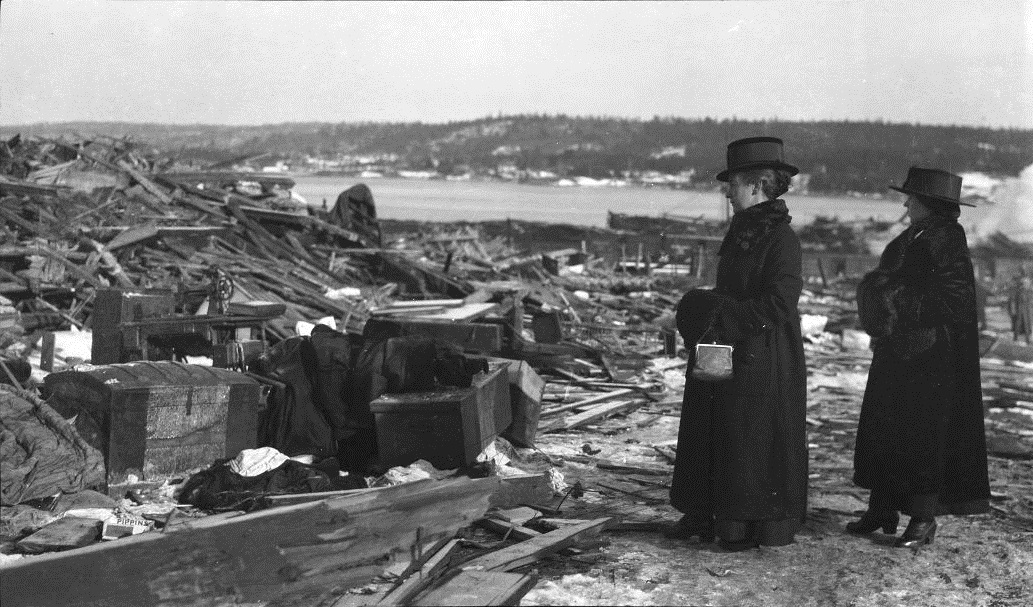Article
Wartime Elections Act
The Wartime Elections Act of 1917 gave the vote to female relatives of Canadian soldiers serving overseas in the First World War. It also took the vote away from many Canadians who had immigrated from “enemy” countries. The Act was passed by Prime Minister Robert Borden’s Conservative government in an attempt to gain votes in the 1917 election. It ended up costing the Conservatives support among certain groups for years to come. The Act has a contentious legacy. It granted many women the right to vote, but it also legitimized in law many anti-immigrant sentiments.








